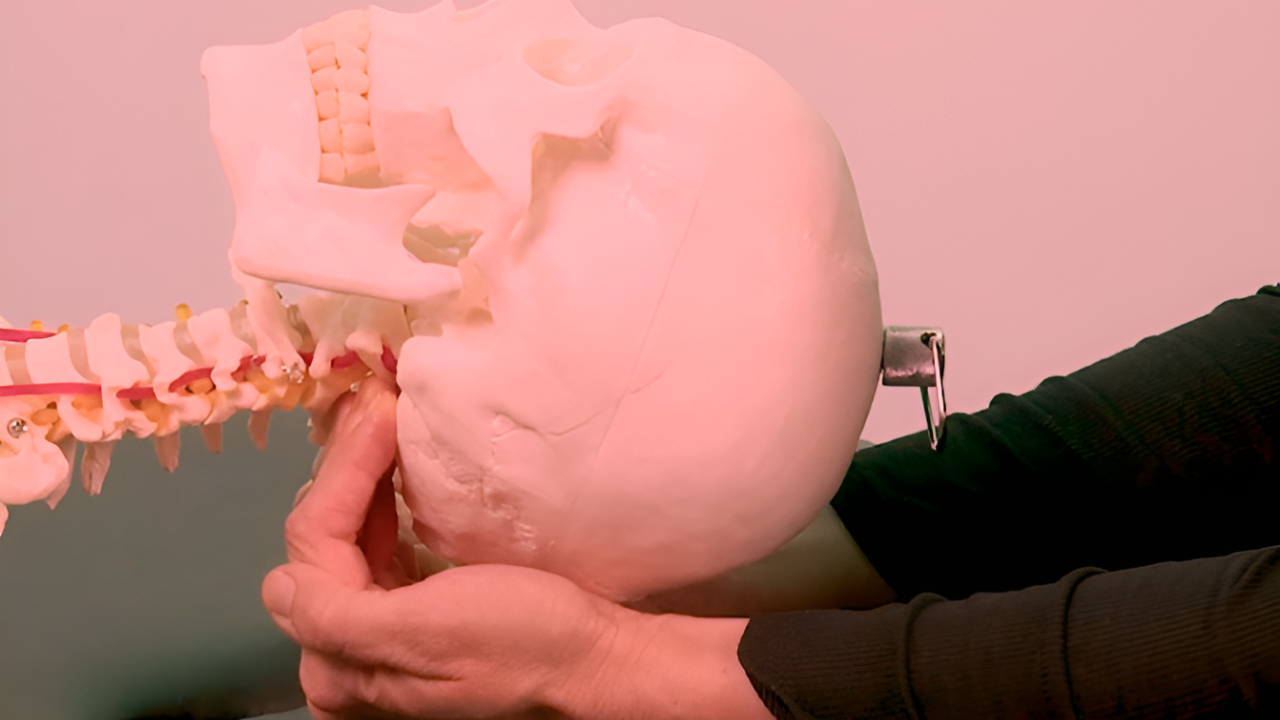Sports Massage - How to treat Shin Splints?

Shin splints are especially common amongst runners and other athletes who have just returned after a break, or who are stepping up the intensity and duration of their training
Shin splints is a generally descriptive term used to describe most painful conditions in the front area of the shin.
There are however many potential causes of the pain.
Medial Tibial Pain Syndrome (Shin Splints)
Medial tibial pain syndrome is the most common cause of shin pain. This refers to pain typically experienced over the shin bone.
Altering the duration, frequency or intensity of running can often lead to this condition developing.
Common causes
Repetitive stress on the tibialis anterior muscle leading to inflammation at its bony attachment to the tibia. Repetitive impact forces on the tibia, as with running and jumping.
Weakening of any of the muscles in the lower limbs as a result of trauma or active trigger points left unattended.
Signs and symptoms
Dull, aching pain over the inside of the tibia. Pain is worse with activity. Tenderness over the inner side of the tibia with possible slight swelling.
Complications if left unattended
If left unattended, shin splints can cause extreme pain and cause cessation of running activities. The inflammation can lead to other injuries including compartment syndrome.
Immediate treatment
RICER. Anti-inflammatory medication. Then heat and massage to promote blood flow and healing.

Trigger Points
Shin splints are typically caused by an imbalance with the complex of the muscles of the lower limb.
Trigger points may become active for a number of reasons including gait imbalances (as a result of poor fitting footwear) or overuse.
Check for active trigger points in extensors, peroneals, tibialis anterior, tibialis posterior, gastrocnemius, soleus.
Tibialis Muscles
Located at the front of the lower leg, the tibialis muscles are one of the most important muscles in the lower limb, especially when it comes to shin splints. They provide stability for the lower limb, help with force transfer, and protect the ankle and knees. They also have an important role in every step that you take. Performing tibialis exercises can help you improve your foot strength and increase your athletic performance.
If you have been experiencing shin pain, knee pain or ankle injuries you may have a problem with your tibialis muscles. A weak tibialis can lead to unnatural high-step gait, and it can also increase the risk of injury. Strengthening your tibialis muscles will help you prevent injuries, and will also help you perform at your best.
The tibialis muscle group can be broken down into two distinct muscles: the tibialis anterior and the tibialis posterior. The tibialis anterior is the muscle that helps you lift the arch of your foot off the ground. It also works with the gastrocnemius to protect the ankle and knees during movements. You can also work the tibialis posterior muscle to help you flex the foot and plantar flex the ankle. It's also important to keep your tibialis muscle in good condition in order to avoid stress fractures.
Prevention and Rehabilitation
It is important to use low-impact activities, such as swimming or cycling, to maintain conditioning levels while recovering. Stretching will be a useful aid to recovery.
Try to alternate high-impact activity days with low-impact days.
Note the importance of work to strengthen lower limb muscles to be best prepared for high impact activities.
The tibialis anterior muscles are small, and they attach to the bony surface of the tibia. This makes them ideal for doing exercises that target the muscle. There are many simple exercises you can safely perform at home, or you can go to a gym or reach out to a qualified professional to get more intense or supervised training. In addition to helping prevent or treat shin splints, the same exercises will also be great for preventing knee and ankle injuries (and possibly hip injuries too!).
In order to perform tibialis exercises, you should make sure that your torso is erect. The best exercises are those that involve heels in front of your torso. This makes it easy to achieve a stretch in the shin without sacrificing the spine or knees. You can also use a Tib Bar, which can help prevent injuries. A Tib Bar is used during a workout called "Knees Over Toes."




Another commonly recommended exercise that helps you strengthen your tibialis muscles is the heel walk. You can perform this exercise at home or at the gym, and you will need a resistance band to perform it. You will also need to move around the room, raising your toes to the floor as you walk. This exercise is a good way to improve muscle endurance.
This blog is intended to be used for information purposes only and is not intended to be used for medical diagnosis or treatment or to substitute for a medical diagnosis and/or treatment rendered or prescribed by a physician or competent healthcare professional. This information is designed as educational material, but should not be taken as a recommendation for treatment of any particular person or patient. Always consult your physician if you think you need treatment or if you feel unwell.

Learn More for Less

Unlimited access to all courses for just $19.95/mo










